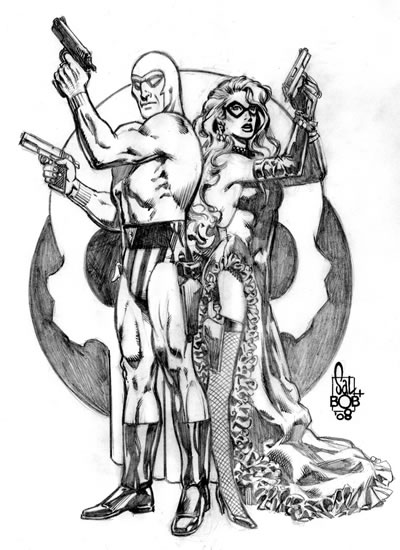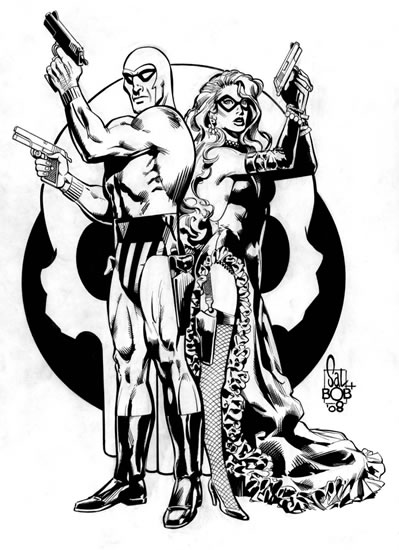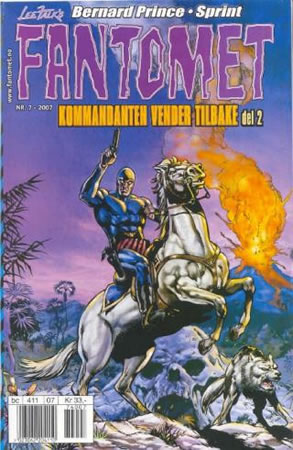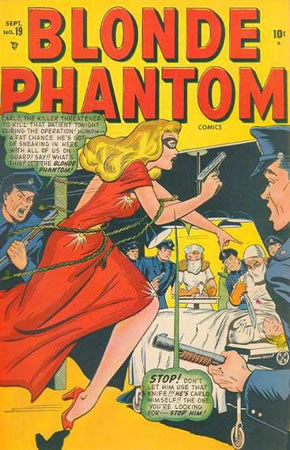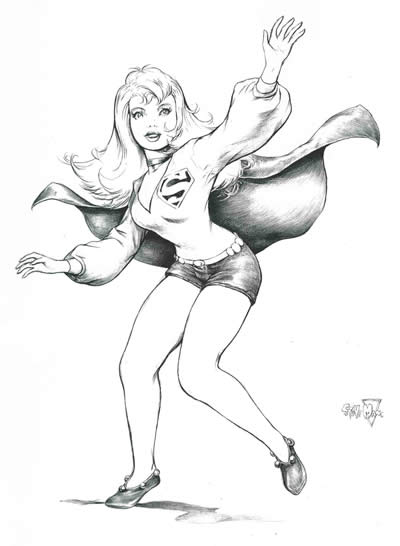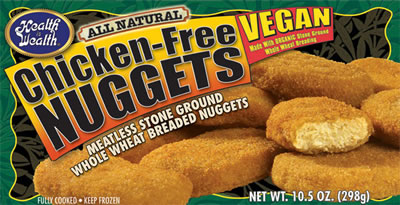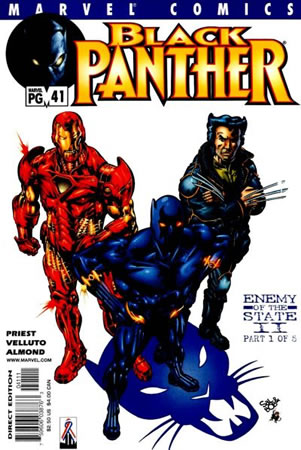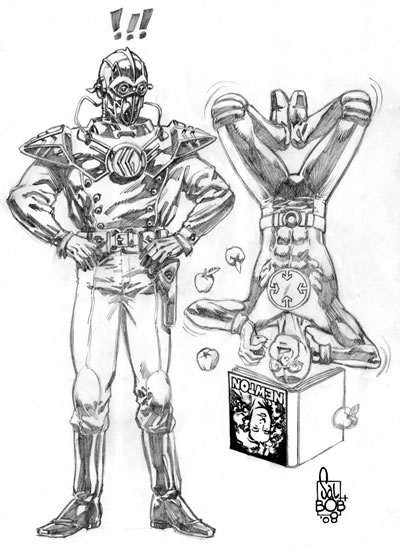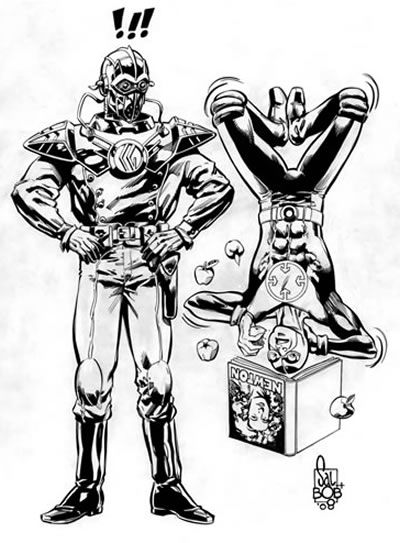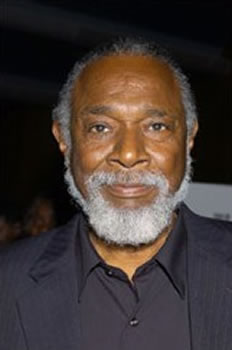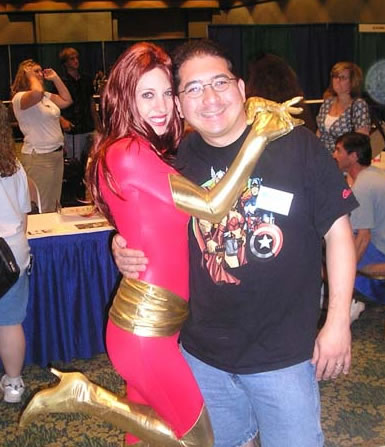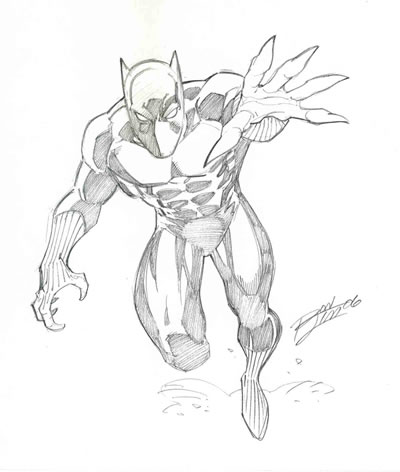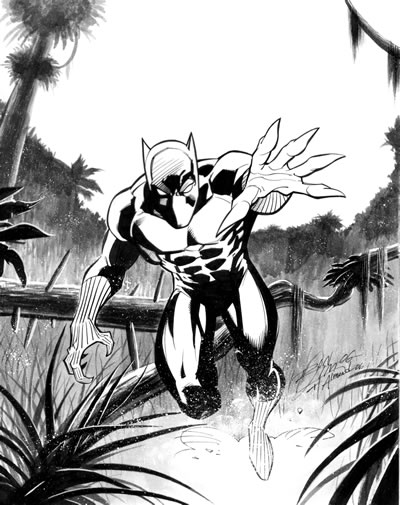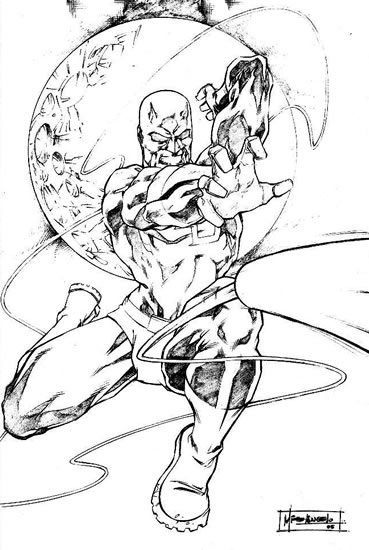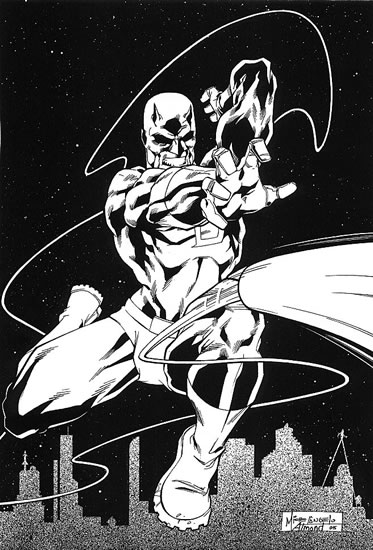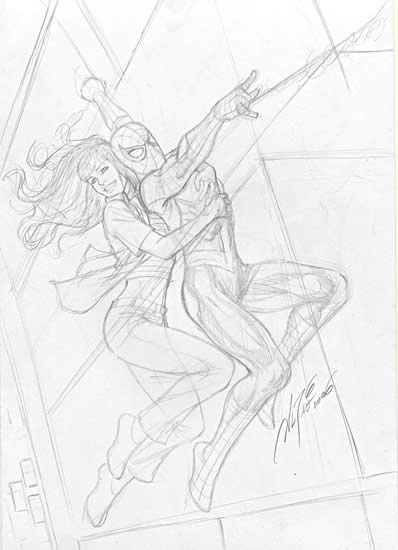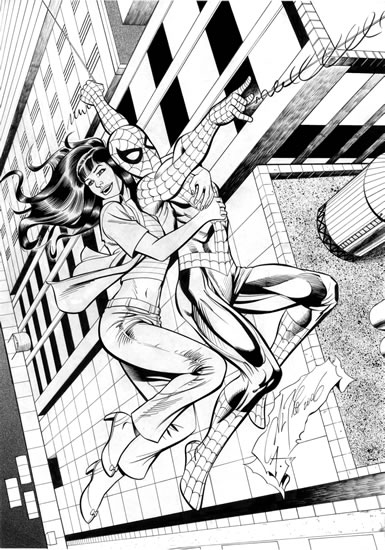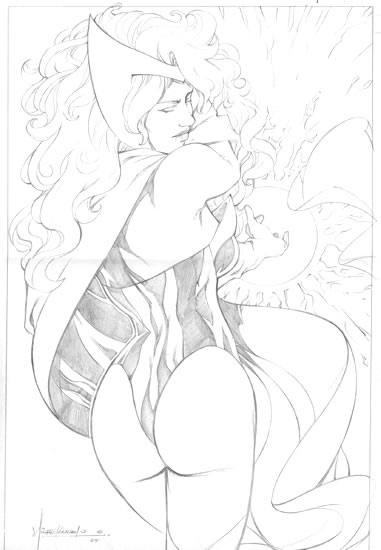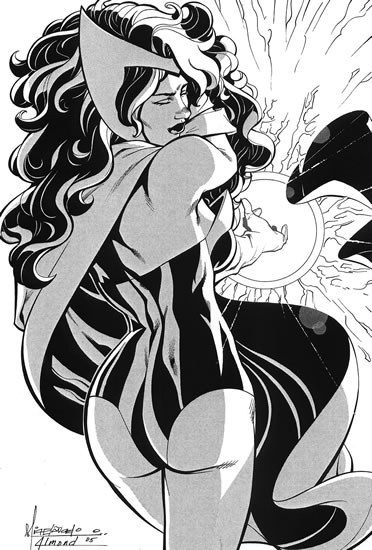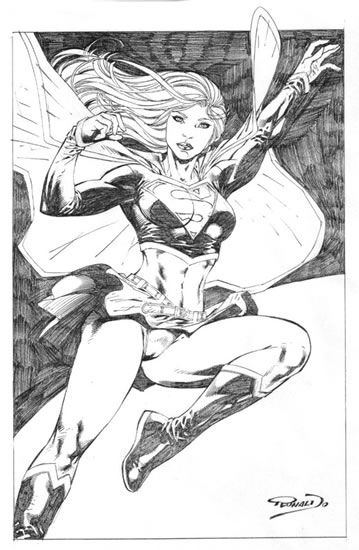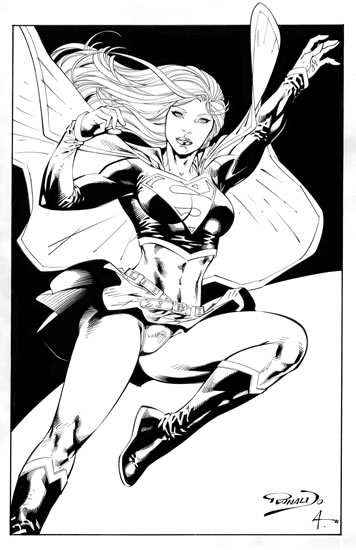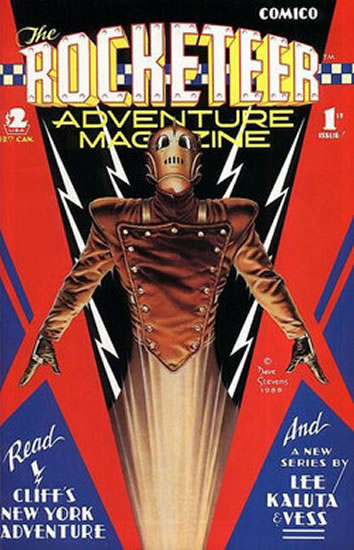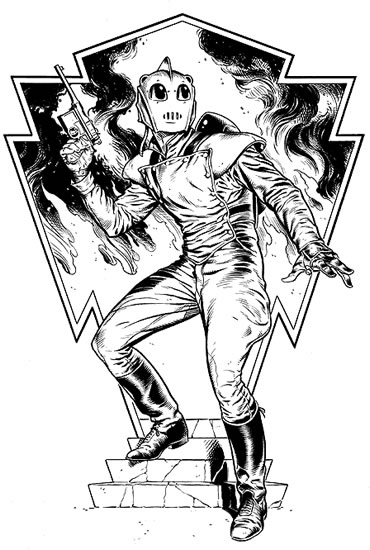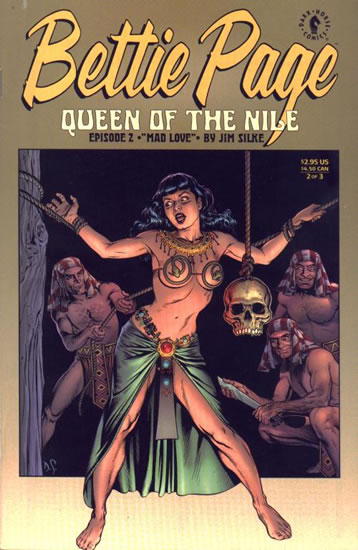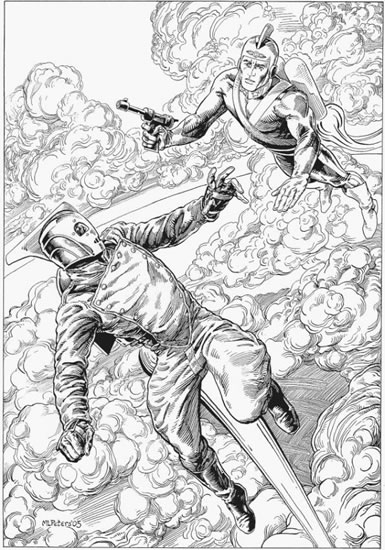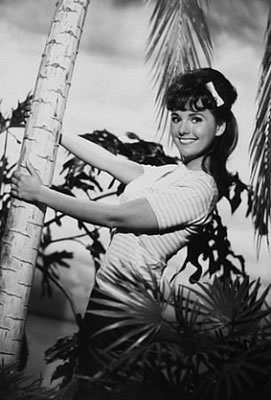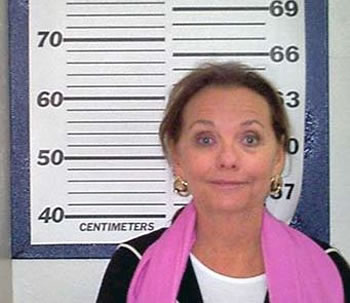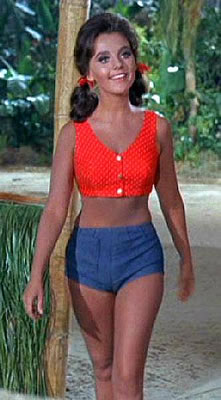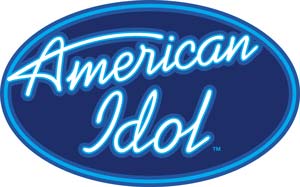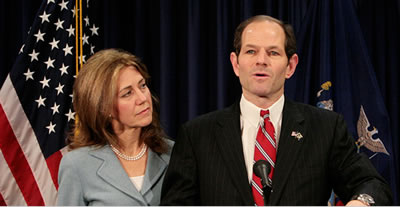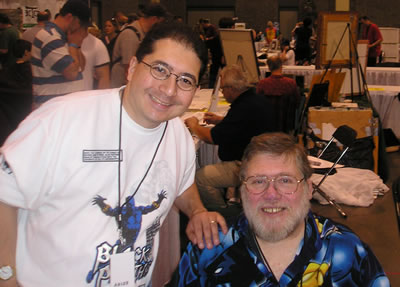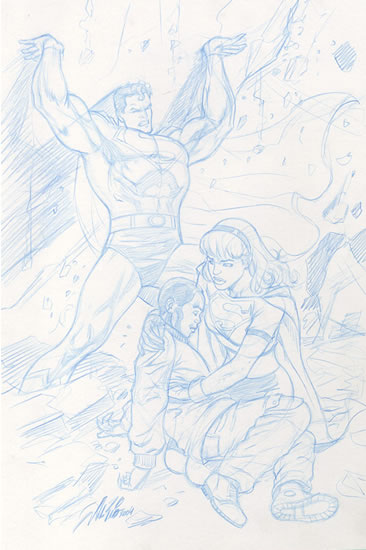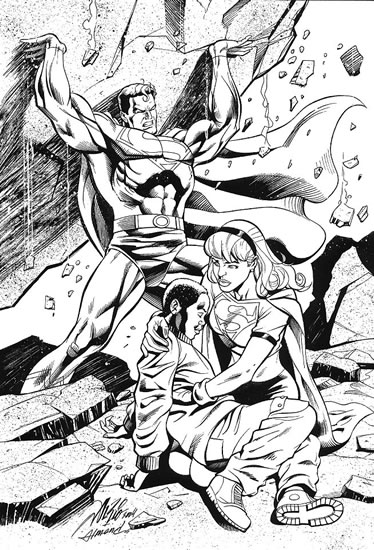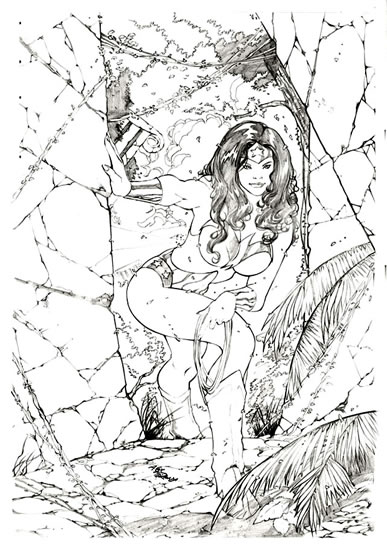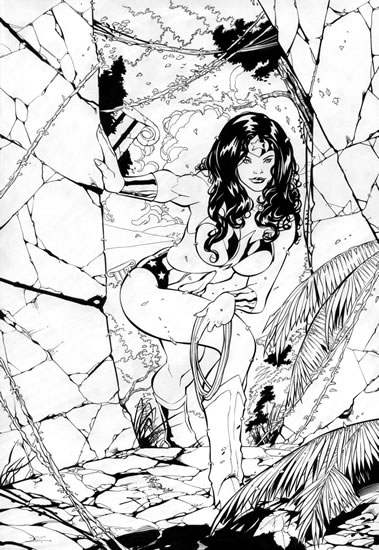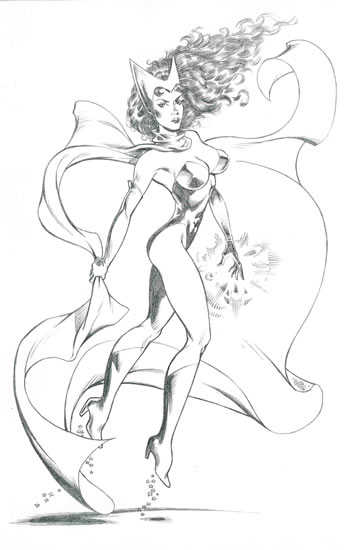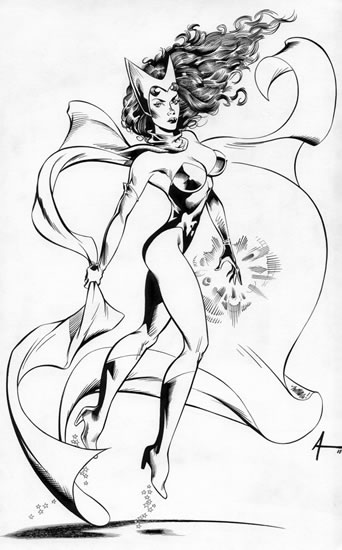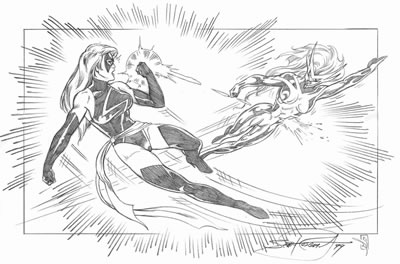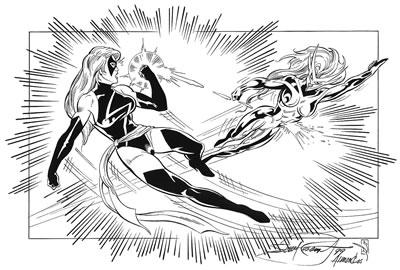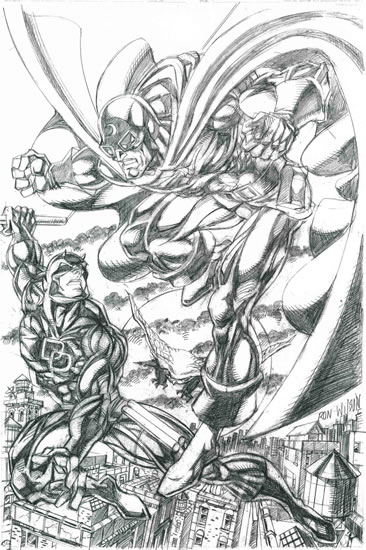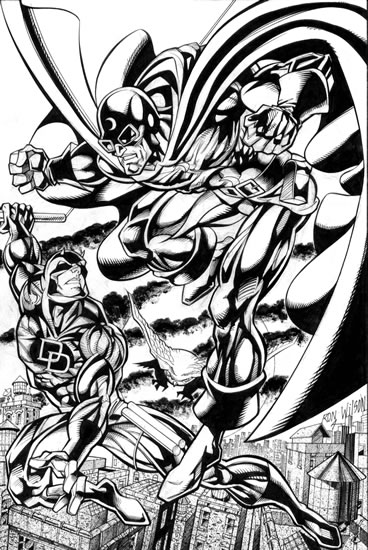Another year, another 162 games
For the 50th Anniversary edition of the San Francisco Giants, it might not be long before fans begin wishing that time had stopped.
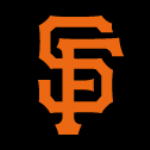
More than any team in recent memory, the 2008 Giants resemble the 1985 "Real Grass, Real Sunshine, Real Baseball" squad — an assortment of has-beens (aging hurlers Vida Blue and Mike Krukow, second baseman Manny Trillo), never-weres (St. Louis-import first baseman David Green, starting pitcher Atlee Hammaker), and untested rookies (oft-injured third baseman Chris "The Tin Man" Brown) that posted the first (and to date, only) 100-loss season in San Francisco history. (In 2007, the Giants went 71-91.)
With the departure-slash-forced retirement of 43-year-old home run king, perennial All-Star, and federal indictee Barry Bonds during the offseason, the Giants lost their one legitimate superstar. In the Bondsman's absence, the focus will be directed to the Giants' starting rotation — with the $127 Million Man, former Cy Young Award winner Barry Zito, leading a gang of young guns — and the Giants' new center fielder, Aaron Rowand, a free agent addition from Philadelphia.
Beyond that? Well, there's not much "there" there at AT&T Park.
Let's review the 25-man roster with which the Giants begin the 2008 campaign today.
Starting pitching
Without question, the strength of the team, at least three-fifths of the time. The Giants' winningest pitcher from last year, Pepperdine alumnus Noah Lowry (14-8, 3.92 ERA), will miss at least the first two weeks as he recovers from surgery. That still leaves the G-Men with three solid starters: Matt Cain, who's ready to explode into All-Star status any second now; Tim Lincecum, the surprise find of 2007; and the aforementioned Zito, who weathered a rocky first year in the National League, but was impressive during the last month of the season and seems primed to return to form this year.
After the Big Three, the rotation will round out with Kevin Correia, who has seen major league time with the Giants in each of the last five seasons but has yet to establish himself, and Jonathan Sanchez, a hard-throwing kid (62 strikeouts in only 52 innings) with serious potential. (Potential = "He hasn't done anything yet.") Correia and Sanchez will duke it out in the early season to see who'll remain in the starting five once Lowry returns.
Relief pitching
In a word: Egad.
The Giants practiced bullpen-by-committee in 2007, and this season promises more of the same. The team is high on Brian "Beach Boy" Wilson, who beat out Brad Hennessey for the closer role late last season. Beyond Wilson, though, the San Francisco relief corps is a motley crew: holdovers Hennessey, Jack Taschner, and Tyler Walker — mediocre journeymen all — and a slew of newcomers ranging from one-time minor league phenom Merkin "Don't Call It a Pubic Wig" Valdez to 39-year-old Japan League import Keiichi Yabu, whose only major league experience came with the Oakland A's four years ago, and who pitched in the Mexican League last season.
Put it this way: Anything after the fifth inning could be a real adventure.
Catching
Bengie Molina — possibly the slowest runner in baseball — was the Giants' unlikely offensive hero in 2007, driving home a team-high 81 RBI. Molina will be called upon to replace Bonds as the Giants' cleanup hitter this year. Behind the plate, Bengie's a defensive liability, but an exceptional signal-caller who works effectively with the pitching staff.
Backing up Molina is career minor leaguer Steve Holm, who outplayed the incumbent second-stringer, Eliezer Alfonzo, in the Cactus League.
Infield
This will be interesting.
The Giants have no experienced first baseman (Dan Ortmeier will get a shot at winning the full-time job), an over-the-hill second baseman (Ray Durham, who hit a pathetic .218 last year, but has been on fire this spring), a shortstop who has never played at a level above Single-A (Brian Bocock, filling in for the disabled veteran Omar Vizquel), and who knows what at third base (incumbent Pedro "Pete Happy" Feliz was shown the door in the offseason, leaving the Giants with aging journeyman Rich Aurilia and switch-hitting prospect Eugenio Velez as the available options).
Whoever ends up playing around the horn, I'm not seeing much — if any — offensive muscle here. And defense at the corners, especially if converted outfielders Ortmeier and Velez get most of the starts, could be horrific.
Outfield
If the Giants are going to score runs, they'll have to get most of them from this group.
Newcomer Aaron Rowand comes to the Giants off a Gold Glove-winning, career-best season, and will be counted on to provide a spark both at the plate (.309, 27 HR, 89 RBI, .515 slugging percentage) and in center field, where he'll be the best defensive player the Giants have boasted at that position since the days of Brett Butler.
Flanking Rowand are right fielder Randy Winn, probably the Giants' best all-around hitter, and the dilapidated Dave Roberts in left. Manager Bruce Bochy will want to spread the playing time around to youngsters Fred Lewis (.287 in 58 games) and Rajai Davis (.282 in 51 games), both of whom showed intriguing potential (see definition above) in limited 2007 action.
Prediction
First in your hearts, last in the National League West.
Let's just hope they avoid passing the century mark in the loss column.
Last word
The Giants' marketing department continues its history of embarrassingly dreadful advertising taglines (i.e., "Hang In There!") with this season's laugher, "All Out, All Season."
Considering the anemic offense with which Bochy will be completing his lineup card, those words could prove frighteningly prophetic by the campaign's end.
Labels: I Love the Giants, Ripped From the Headlines, Sports Bar, Wonderful World of Advertising

